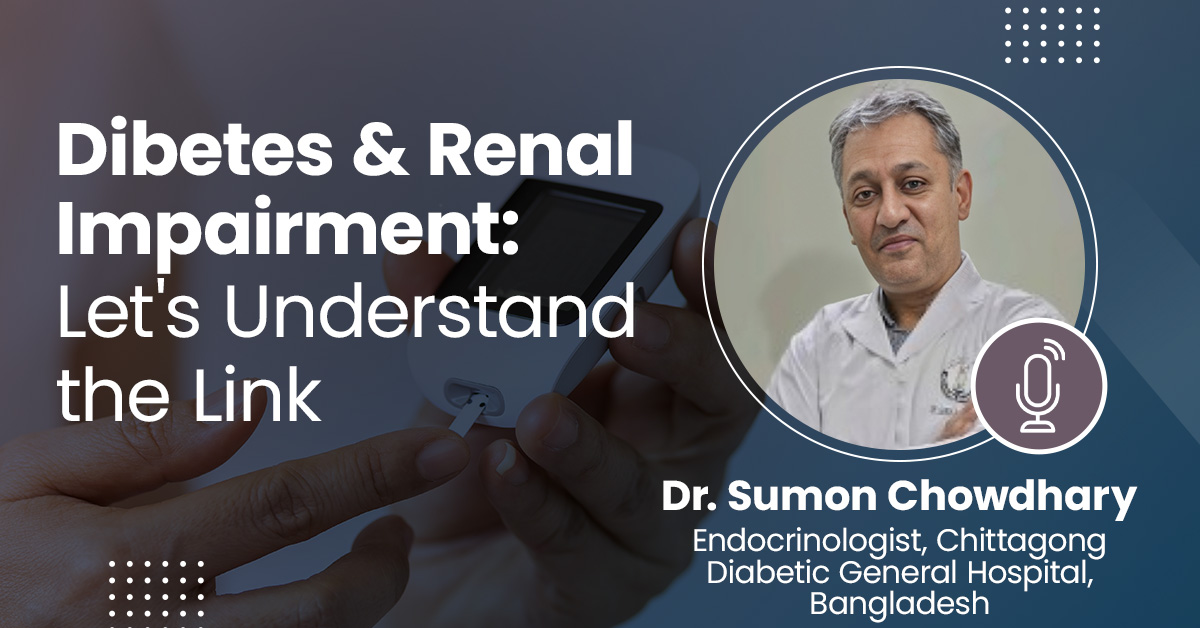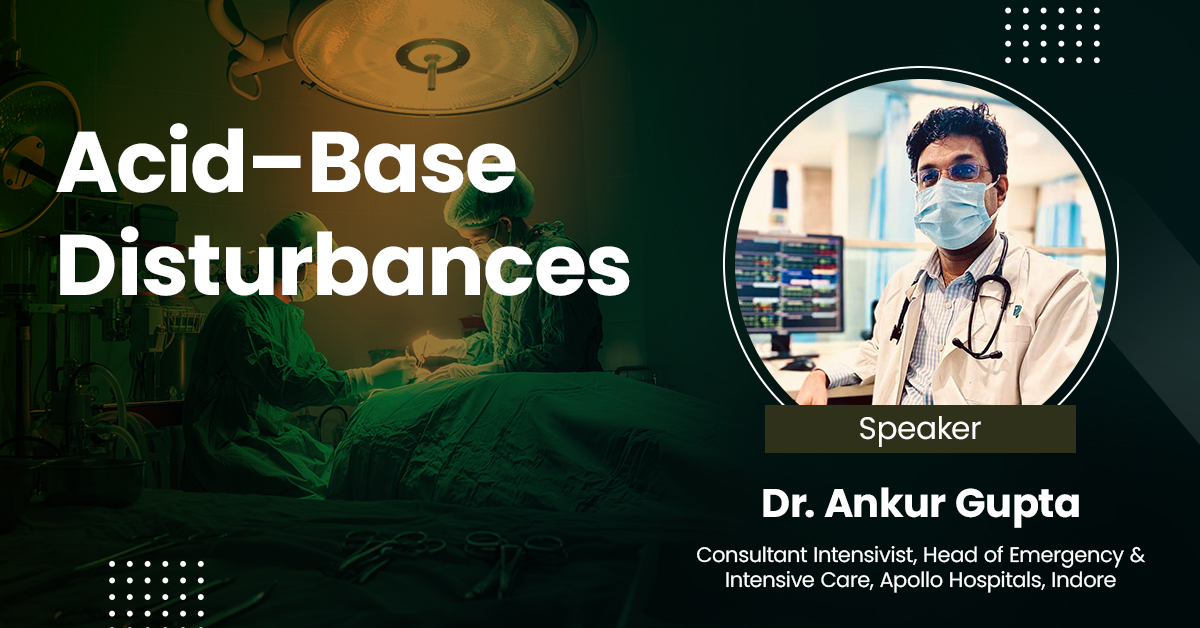- 138.8k views
Ventilator Basics: Key concepts
A ventilator is a medical device used to support or replace a person's breathing when they are unable to do so effectively on their own. Ventilators deliver a mixture of oxygen and air to the patient's lungs, either through a tube inserted into the windpipe or through a mask placed over the nose and mouth. The key concept behind ventilators is mechanical ventilation, which involves the use of positive pressure to push air into the lungs and facilitate the exchange of oxygen and carbon dioxide. Ventilators have various modes of operation, including volume-controlled ventilation, pressure-controlled ventilation, and pressure-support ventilation, among others. Volume-controlled ventilation delivers a set volume of air with each breath, while pressure-controlled ventilation delivers air at a set pressure. Positive end-expiratory pressure (PEEP) is a crucial concept in ventilator use, as it helps maintain lung recruitment and prevent collapse of the alveoli during exhalation. Ventilators also have adjustable parameters such as respiratory rate, tidal volume, inspiratory time, and FiO2 (fraction of inspired oxygen) to meet the patient's specific needs. Ventilators can provide both invasive ventilation, where a tube is inserted into the airway, and non-invasive ventilation, which is delivered through a mask or nasal interface.
About the Speaker

Dr. Ankur Gupta
Consultant Intensivist, Head of Emergency & Intensive Care , Apollo Hospitals, Indore.
Upcoming Case Discussions
eIntegrity: Advancing Healthcare for Workers Globally
During the webinar, Mr. Graves will provide insights on - eIntegrity's mission, links with the Royal Colleges in United Kingdom - Extensive range of programmes, and 2022 activity. - He will also highlight the key benefits of eIntegrity courses for healthcare professionals, including world-class e-learning developed by clinicians for clinicians, availability online 24/7, highly engaging and interactive content, suitability for training and professional development, and support for traditional and new learning approaches. About eIntegrity eIntegrity operates independently from Health Education England and is accountable to the eIntegrity Executive Board, which comprises members from the Royal Medical Colleges and Health Education England. By providing high-quality, accessible training and education for healthcare professionals, eIntegrity aims to improve patient care and outcomes worldwide.
Diabetes and Renal Impairment : Let’s Understand the Link
Individuals with diabetes often develop kidney disease or damage over time. We refer to this kind of kidney disease as diabetic nephropathy. Nephrons in diabetics gradually thicken and get damaged over time. Urine starts to contain protein (albumin) due to nephron leaks. This damage may occur years before kidney disease symptoms appear. When type 2 diabetes develops slowly, kidney damage may already be present in some patients when they are first diagnosed.
Case Based Approach to Upper GI Bleed
Finding the source of the bleeding is essential for the effective management of upper gastrointestinal (GI) bleeding, and if this is done, endoscopic treatment is frequently available. However, because of the bleeding's location or other technical factors, identifying it can be difficult. Consequently, it may be required to employ methods other than endoscopy, including CT angiography. A rare cause of upper gastrointestinal bleeding, duodenal diverticula can be difficult to identify since they sometimes call for specialized endoscopic treatments, like side-viewing endoscope.This case covers the details of first instance of this uncommon syndrome being successfully managed using an upper GI endoscopy using a colonoscope, followed by intravascular coiling.
Hepatitis: Know the Facts
Hepatitis is an inflammation of the liver, often caused by viral infections, toxins, or autoimmune diseases. The most common types are Hepatitis A, B, and C, each with different modes of transmission and severity. Hepatitis A is typically spread through contaminated food or water, while Hepatitis B and C are usually transmitted through blood or bodily fluids. Symptoms can include jaundice, fatigue, abdominal pain, and nausea. Chronic Hepatitis B and C can lead to serious complications such as liver cirrhosis or liver cancer. Vaccines are available for Hepatitis A and B, but there is no vaccine for Hepatitis C. Early detection and treatment are crucial for managing and preventing severe liver damage.
Approach to Benign Breast Diseases
The breasts are intricate structures made up of tissue, fat, and glands. Developing a breast lump, cyst, or tumor is a rather typical occurrence. We call this benign breast illness. Even though none of these breast disorders are deadly or malignant, they could raise your chance of getting breast cancer in the future. Even while the majority of breast diseases don't result in cancer, the idea is to get familiar with the feel and appearance of breasts to recognize changes even if the majority of breast diseases are not malignant.








